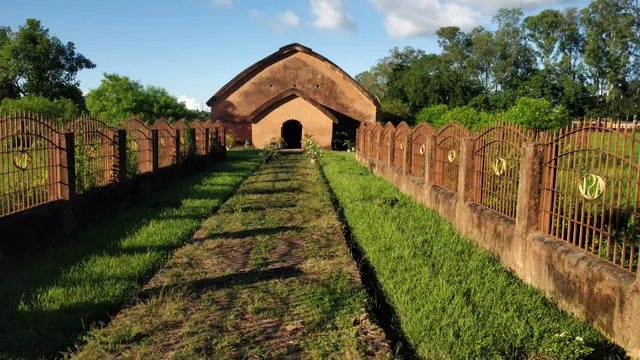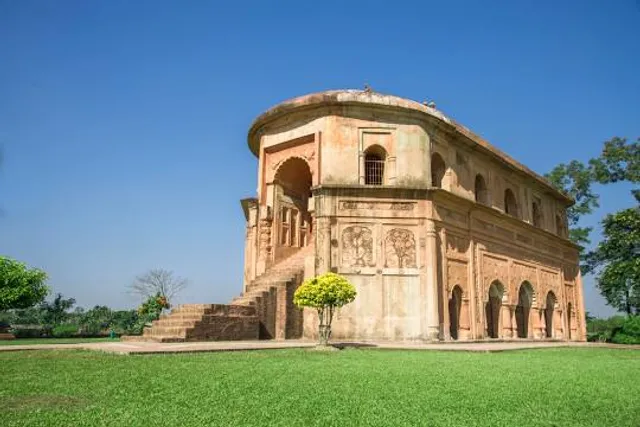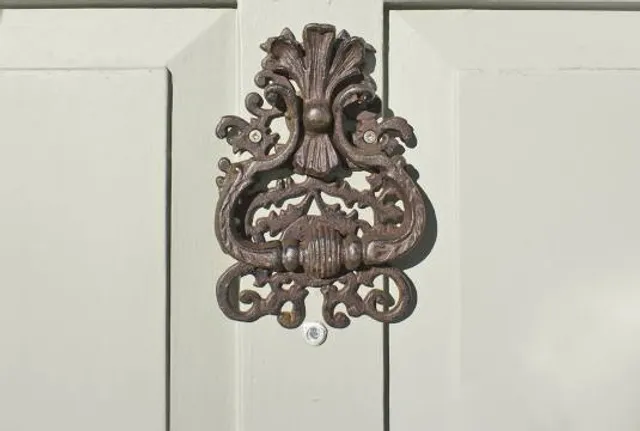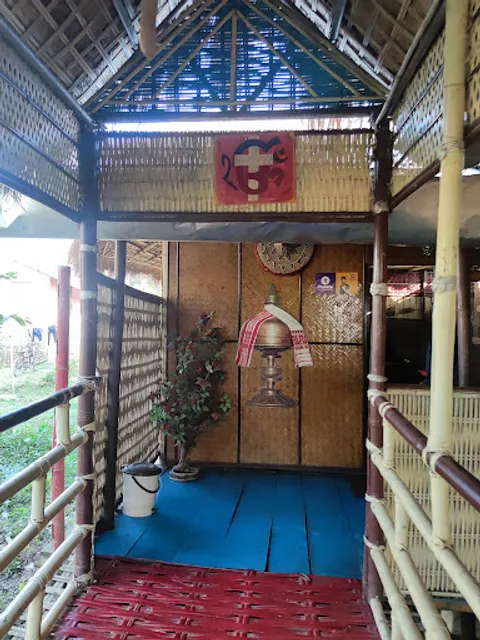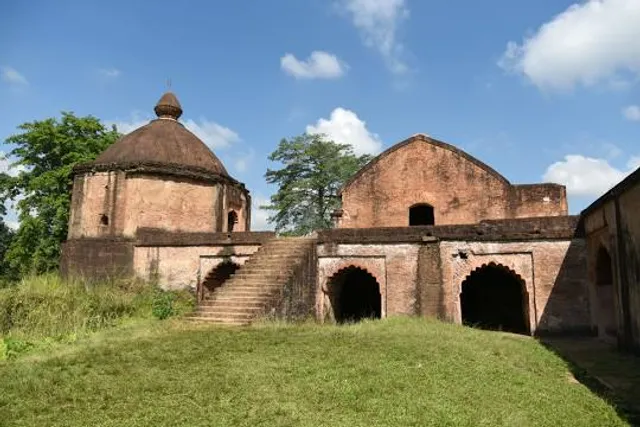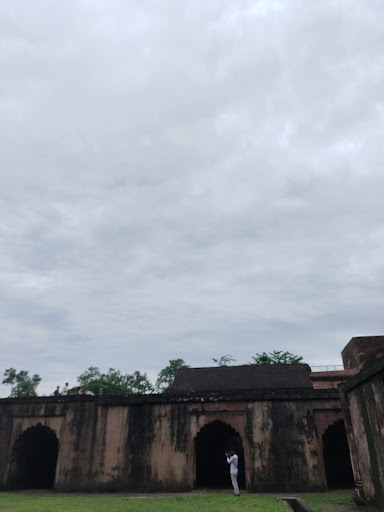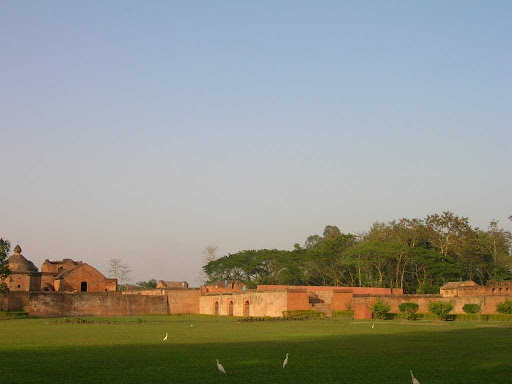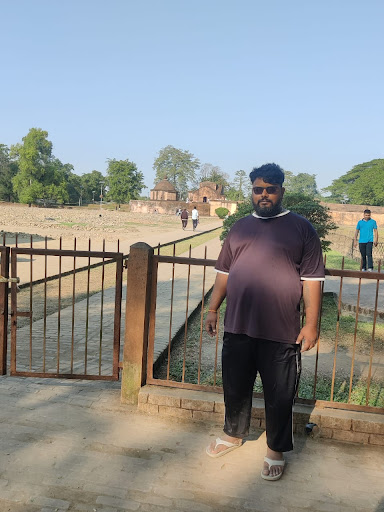Talatal Ghar: A Timeless Tale of Royal Splendor and Ingenious Architecture
In the northeastern region of India, nestled in the picturesque state of Assam, lies a captivating piece of history—Talatal Ghar. This architectural marvel stands as a silent witness to the glory and grandeur of the Ahom dynasty, narrating a timeless tale of royal splendor and ingenious engineering.
The history of Talatal Ghar dates back to the 17th century when the Ahom kings ruled over the Brahmaputra Valley. Established by King Rudra Singha, the magnificent structure was envisioned to serve as a fortified palace and military base, a testament to the strategic vision of the Ahom rulers.
As the story goes, King Rudra Singha wanted a palace that would not only exude opulence but also offer unrivaled security. The result was an architectural masterpiece that comprised two distinct parts—the Rangpur Palace and the Talatal Ghar, each with its unique charm and purpose.
The Rangpur Palace, with its regal façade and exquisite interiors, served as the king's residence and the seat of the Ahom court. It boasted ornate carvings, elegant columns, and splendid courtyards where the monarch would hold courtly proceedings and receive dignitaries from distant lands. The palace echoed with tales of royal intrigue, artistic pursuits, and cultural festivities that adorned the lives of the Ahom royals.
Adjacent to the Rangpur Palace stands the enigmatic Talatal Ghar, a structure that evokes awe and admiration even today. The name "Talatal Ghar" can be deciphered as "Talat" meaning storey, and "Tal" meaning below. True to its name, this remarkable edifice is characterized by its multi-storied underground architecture—an engineering feat ahead of its time.
The Talatal Ghar served as a strategic military base, replete with secret tunnels, chambers, and escape routes that added an element of mystique to the structure. This subterranean marvel not only housed soldiers but also contained vast storehouses for ammunition and provisions. The ingenious architecture of Talatal Ghar made it nearly impregnable, providing the Ahom rulers with a stronghold in times of war and unrest.
The story of Talatal Ghar takes an intriguing turn during the reign of King Rajeswar Singha. Under his rule, the palace complex witnessed further expansions, and an upper-storey was added to the Talatal Ghar, making it a three-storied structure above ground. This new addition further elevated the architectural prowess of the site, showcasing the Ahom's mastery over engineering and aesthetics.
As with many historical sites, Talatal Ghar endured its share of trials and tribulations over the centuries. The Ahom dynasty eventually fell to external invasions, and the once-thriving palace complex lost its royal charm. Yet, the resilient structure withstood the tests of time, its sturdy walls carrying the echoes of an illustrious past.
Today, Talatal Ghar stands as a UNESCO World Heritage Site, attracting history enthusiasts, architecture aficionados, and curious travelers alike. As one steps into its hallowed grounds, they can't help but be transported back in time, immersed in the stories of valor, luxury, and human ingenuity.
The intricate carvings adorning the walls, the symmetrical archways, and the mysterious underground labyrinth leave visitors mesmerized, offering a glimpse into the life and times of the Ahom kings. The site's preservation and restoration efforts have ensured that the magnificence of Talatal Ghar endures, carrying forward its legacy for generations to come.
In conclusion, Talatal Ghar stands not just as a physical structure but as a living testament to the rich history and cultural heritage of Assam. Its royal splendor, combined with ingenious engineering, makes it an architectural marvel that continues to captivate the hearts and minds of all who tread upon its ancient stones. Talatal Ghar is more than a mere relic; it is a window into a bygone era—a timeless tale of human creativity and resilience that shall forever shine in the...
Read more Learn more insights from Wanderboat AI.
Learn more insights from Wanderboat AI.



